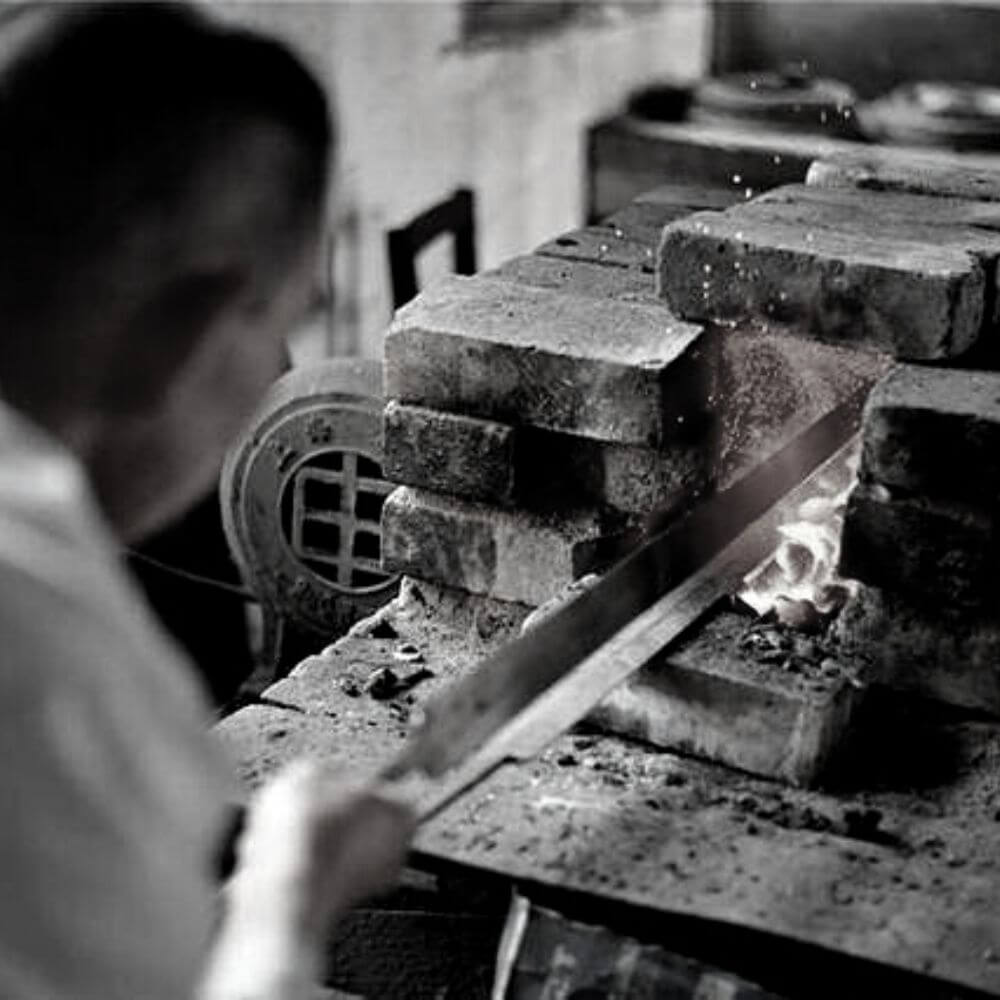A Beginner's Guide to Collecting Swords: Price, Quality, and History
Collecting swords is a hobby that combines history, craftsmanship, and aesthetics. Whether you're a fan of medieval weaponry, Japanese katana, or fantasy blades, building a collection can be a rewarding pursuit. However, choosing your first collectable sword can be a daunting task. To help you make an informed decision, we will explore key considerations when selecting your first sword, including price, quality, and historical significance.
Define Your Budget
Before diving into the world of sword collecting, it's essential to set a budget. Swords can vary greatly in price, from affordable replicas to high-end, historical pieces. Determine how much you're willing to invest, keeping in mind that higher-quality swords tend to be more expensive. Start with a reasonable budget that won't strain your finances.
Quality Matters
The quality of a sword is paramount when building a collection. Different types of swords have varying purposes and craftsmanship standards. Here are some key aspects to consider regarding quality:
a. Blade Material: The type of steel used in the blade can significantly affect its performance and durability. High-carbon steel is often preferred for its strength and sharpness.
b. Tang: A full tang means the blade extends through the handle, providing better balance and strength. Half tang or hidden tang swords are less desirable for serious collectors.
c. Fittings: Pay attention to the hilt, guard, and pommel. High-quality swords feature detailed and well-finished fittings, often made of materials like brass or bronze.
d. Sharpness: Some collectors prefer sharp blades for functional use, while others favor blunt or decorative pieces. Choose according to your preference.
e. Balance and Handling: A well-balanced sword is easier to handle. Consider the weight and balance when selecting your first sword.
Research the Historical Significance
Swords have played a crucial role in history, and many collectors are drawn to the stories behind each blade. When choosing your first collectable sword, consider its historical significance. Research the era, culture, and purpose of the sword. For example:
a. Medieval Swords: Explore European swords from the Middle Ages, such as the broadsword or arming sword. Learn about the historical battles and knights who wielded these weapons.
b. Japanese Katana: Delve into the world of the samurai by studying the katana. Understand the forging process, samurai culture, and the importance of this iconic sword.
c. Fantasy Blades: If you're a fan of fantasy genres, look for replicas of famous swords from books, movies, or video games. These swords often have unique designs and backstories.
Authenticity and Certification
Be cautious when purchasing collectable swords, especially if they are marketed as historical artifacts. It's essential to verify the sword's authenticity and provenance. Seek out reputable dealers who provide certification or documentation to prove the sword's origin and history. If possible, consult with experts or join collector forums to gain insight into the authenticity of your chosen piece.
Maintenance and Display
Collectable swords require proper maintenance to ensure their longevity. Learn how to clean, oil, and store your sword to prevent rust and damage. Consider investing in a display case to showcase your collection, protecting them from dust and handling.
Collecting swords is a fascinating and rewarding hobby that allows you to explore history, craftsmanship, and aesthetics. When choosing your first collectable sword, define your budget, prioritize quality, delve into the historical significance, verify authenticity, and plan for proper maintenance and display. With careful consideration and a love for the art of swordsmithing, you can build a collection that reflects your passion and appreciation for these iconic weapons. Remember to continue researching and learning as you expand your collection, and enjoy the journey into the world of sword collecting.








Leave a comment
Please note, comments need to be approved before they are published.